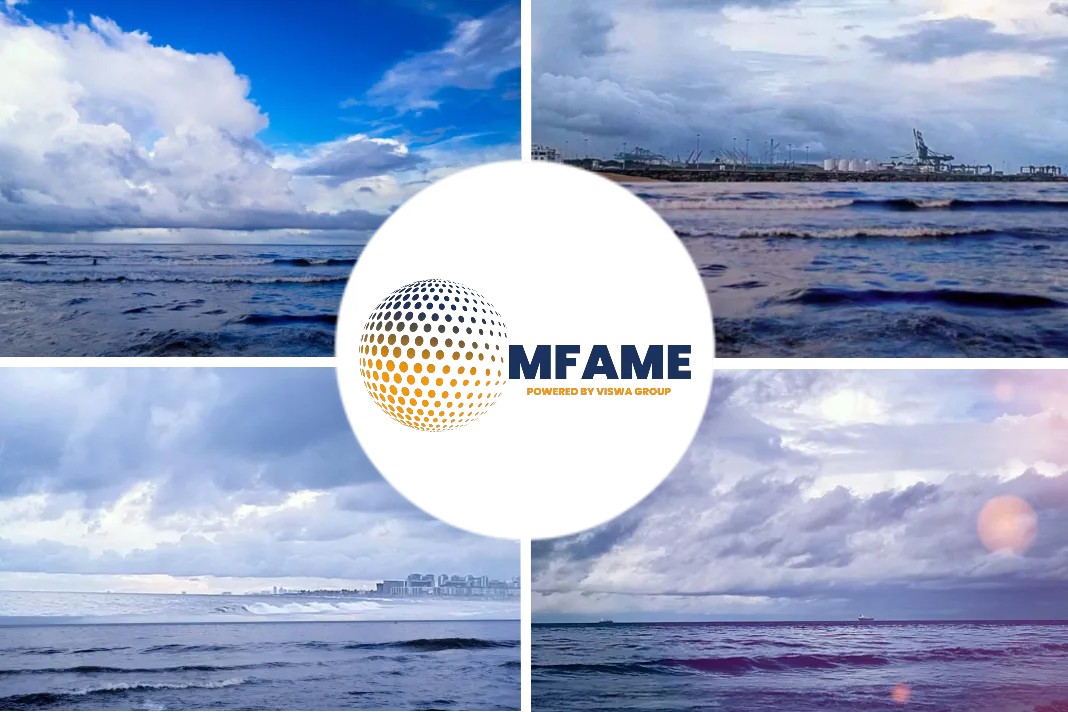- Naphtha exports have picked up
- Fuel oil imports from Russia at record high: Kpler
- Congestion delays HSFO barge refueling schedules
Oil products stockpiles drop to 10-week low in week to Sep 5, states a Platts news source.
Oil products stockpiles drop
Oil products stockpiles at the UAE’s Port of Fujairah dropped to a 10-week low in the week to Sept. 5, led by declines in light and middle distillates, according to Fujairah Oil Industry Zone data published Sept. 7.
Total inventories were at 21.739 million barrels as of Sept. 5, down 1.1% from a week earlier and the lowest since June 27, the FOIZ data showed. At this time last year, stockpiles were at a two-year low, erasing all of the buildup as demand recovered from COVID-19. Stockpiles were now 22.9% higher than a year earlier.
Stocks of light distillates
Stocks of light distillates like gasoline and naphtha fell 2.8% in the week to 7.07 million barrels — a six-week low — and middle distillates such as jet fuel and kerosene declined 12% to 2.672 million barrels — the lowest in 13 weeks — according to the data provided exclusively to S&P Global Commodity Insights.
Only heavy distillates used as fuel for power generation and marine bunkers climbed over the week, rising 2.8% to 11.997 million barrels — the highest in three weeks.
Lackluster demand for low sulfur marine fuel has pressured premiums, market sources said.
“The LSFO [market] is completely quiet, which is why the suppliers are fighting [over limited demand],” a Fujairah-based bunker supplier said Sept. 7.
Marine fuel 0.5%S bunker premiums
The Platts Fujairah-delivered marine fuel 0.5%S bunker premiums over the FOB Singapore Marine Fuel 0.5%S cargo assessments dropped to a more than a six-month low of $35.89/mt on Sept. 6, and have averaged $44.40/mt Sept. 1-6 compared with $93.94/mt in August, according to S&P Global data.
There is relatively stronger demand for high sulfur fuel oil in Fujairah, but terminal congestions have delayed barge refueling schedules, local traders said. This is likely to lead to higher inventories, they added.
“HSFO barges are spending more time queuing for berths lately, as more vessels, such as oil tankers, are calling for cargo works here,” a bunker supplier said.
Russia was the biggest origin of fuel oil to Fujairah in August, at a record 157,000 b/d, according to Kpler shipping data. Fujairah has become a major destination for Russian products since Moscow’s military invasion of Ukraine in February and subsequent sanctions caused some buyers to shun supplies from the country.
Naphtha exports have also been picking up, reaching 80,600 b/d on average in August, well above July’s pace of 40,900 b/d, according to Kpler shipping data. Japan, South Korea, China and India were the primary destinations for the petrochemicals feedstock.
Naphtha supplies
The ample supply of naphtha from the Middle East has weighed on the Asian market, which was already facing short demand from naphtha-fed steam crackers. Asia’s naphtha-fed steam crackers had lowered run rates due to poor earnings in the derivative downstream segments.
Planned operation rates have averaged in the low 80s% range for September, with average run rates among operators in major spot naphtha buyer South Korea at 78%, according to steam cracker operation data collated by S&P Global.
The bearishness in the overall naphtha market was reflected in the CFR Japan naphtha physical crack against front-month ICE Brent crude futures that fell into negative territory in July, and reached an 11-week low of minus $103.55/mt on Aug. 30, S&P Global data showed. The physical crack was last assessed at minus $39.35/mt at the Sept. 6 Asian close.
However, Middle East naphtha cargoes usable as splitter feedstock were in demand due to healthy margins for paraxylene production and obstacles in obtaining unsanctioned heavy full-range naphtha cargoes from other origins.
The spread between the key paraxylene CFR Taiwan/China marker and C+F Japan naphtha averaged $336.70/mt in July and $380.86/mt in August, over the typical breakeven of around $280-$300/mt, S&P Global data showed. The spread was last assessed at $391.50/mt at the Sept. 6 Asian close, keeping demand for such cargoes firm.
Light distillates stocks were 22.7% higher than this time last year while middle distillates were 27.29% below the year-earlier level. Heavy distillates have climbed 45.51% over the same period.
Did you subscribe to our daily Newsletter?
It’s Free! Click here to Subscribe
Source: Platts



















